Trump is Looking to Change Marijuana Laws in the Us and It Could Have a Major Impact
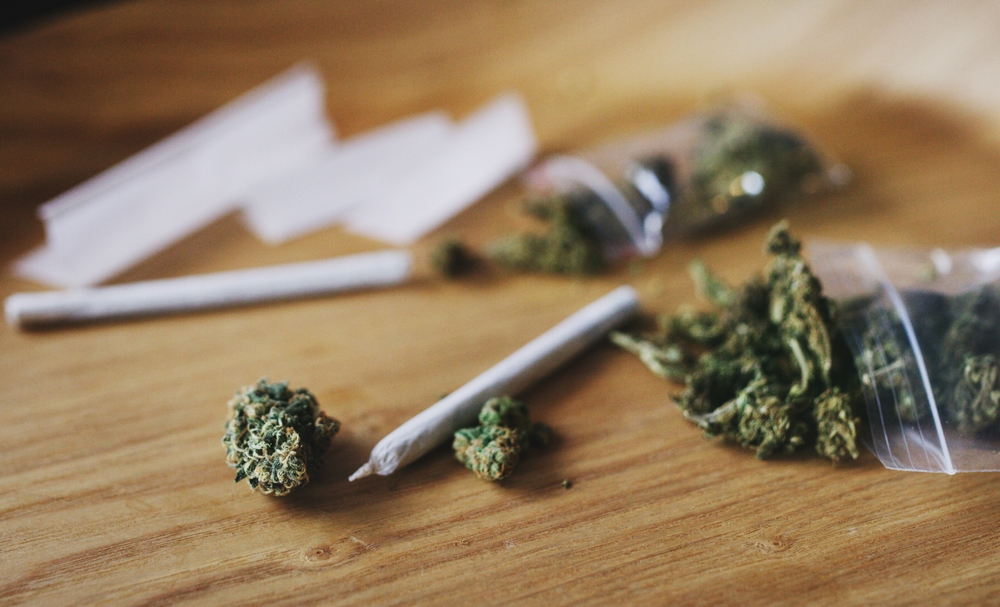
For more than fifty years, marijuana has shared the same legal category as heroin officially labeled as having no medical value and a high potential for abuse. Yet, in that same time, the majority of U.S. states have opened dispensaries, issued medical cannabis cards, and built a billion-dollar industry around it. It’s like watching two different countries operate within the same borders one where cannabis is treated like a dangerous vice, another where it’s a regulated commodity.
Now, President Donald Trump says he’s “looking at” changing the federal classification of marijuana a move that could trigger the biggest shift in U.S. drug policy in half a century. But what would that really mean for the law, for business, and for the millions of Americans who use cannabis, legally or not?
A Turning Point in U.S. Marijuana Policy
America’s relationship with marijuana has always been a story of contradictions. On one hand, cannabis is a multi-billion-dollar legal industry in much of the country employing hundreds of thousands, funding state programs, and driving tourism. On the other, the federal government still officially treats it as a dangerous substance with no accepted medical use, a stance unchanged since 1970.
That tension has created an awkward reality: doctors in dozens of states can recommend cannabis, patients can purchase it at licensed dispensaries, yet under federal law, those same businesses are operating in violation of the Controlled Substances Act. It’s a gap wide enough to drive a convoy of delivery trucks through, and it’s been widening for decades.
🇺🇸 TRUMP EYES MARIJUANA RECLASSIFICATION AFTER MILLION DOLLAR DINNER
— Alexkennedy (@Alexkennedy310) August 9, 2025
Cannabis executives finally got Trump's ear at a New Jersey fundraiser.
Their pitch? Finish what Biden started but couldn't deliver on marijuana reclassification.
Trulieve CEO Kim Rivers made the case… pic.twitter.com/8c609wWbBa
Trump’s recent remarks have pushed that gap into the political spotlight again. His administration is openly “looking at” reclassifying marijuana to a less restrictive category a move that, if carried through, would mark the most significant shift in federal cannabis policy in over 50 years. It’s not just about softening the law; it’s about reconciling two very different Americas.
The question isn’t whether the country has changed its stance on cannabis public opinion polls already show that nearly 70% of Americans support legalization but whether the federal government is ready to catch up. And if it does, the consequences will ripple far beyond the cannabis community, touching everything from healthcare research to the way states assert their rights against Washington.
The Law as It Stands: Schedule I and Its Consequences
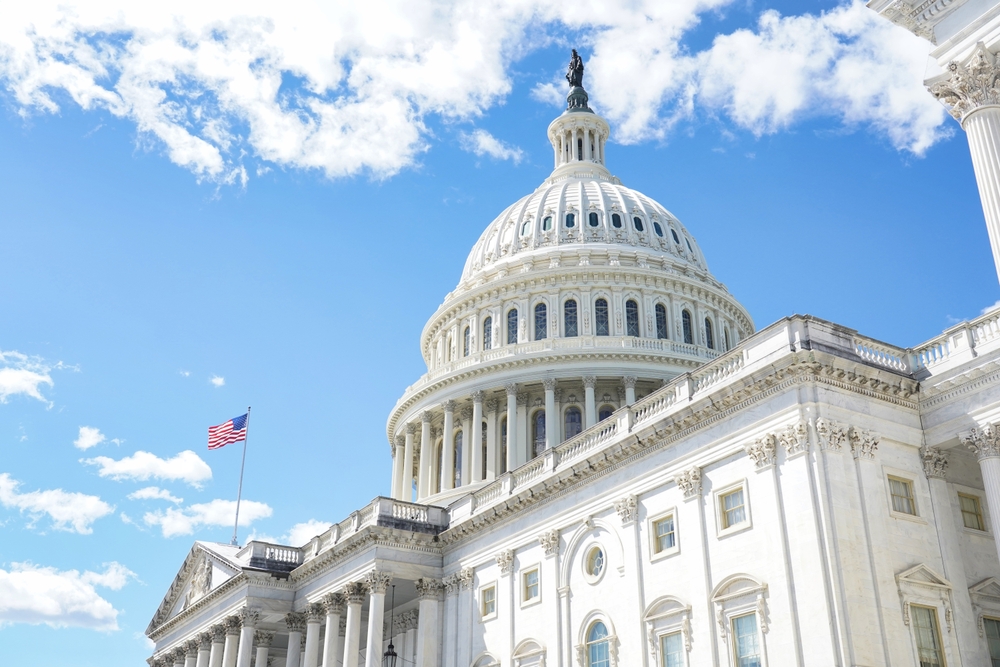
Under federal law, marijuana sits in the most restrictive category of the Controlled Substances Act: Schedule I. This classification isn’t symbolic it comes with specific legal weight. Schedule I drugs are considered to have a high potential for abuse, no accepted medical use, and a lack of accepted safety under medical supervision. Other drugs in this category include heroin, LSD, and MDMA.
This designation means that cannabis:
- Cannot be prescribed by doctors under federal law, even in states where it’s legal.
- Faces severe research restrictions, as scientists must navigate multiple layers of federal approval before studying it.
- Is effectively locked out of the banking system, since most financial institutions avoid working with businesses tied to federally illegal substances.
- Triggers punishing tax rules under Section 280E of the federal tax code, which bars businesses from deducting most expenses leaving some cannabis companies with effective tax rates above 70%.
The reality is even more complicated when you factor in state laws. While 45 states have legalized cannabis for medical or recreational use, those laws do not override federal prohibition. This creates a patchwork system where crossing a state line with a legal product can instantly turn you into a federal offender.
For businesses and patients alike, Schedule I status has meant operating under a constant cloud of legal uncertainty. Even in states with thriving cannabis markets, the federal designation looms not just as a legal barrier, but as a political signal that Washington still doesn’t officially acknowledge cannabis as having legitimate medical value.
What’s on the Table Reclassification to Schedule III

The proposal under consideration would move marijuana from Schedule I to Schedule III of the Controlled Substances Act a category that includes drugs like Tylenol with codeine, ketamine, and certain anabolic steroids. These substances are recognized as having legitimate medical uses and a moderate to low potential for physical or psychological dependence.
If adopted, the shift would be historic: the most significant federal marijuana policy change in over half a century. It would formally acknowledge that cannabis has accepted medical applications a stark reversal from its current “no medical use” status.
Here’s what reclassification to Schedule III would mean in practice:
- Medical Recognition: Doctors could prescribe marijuana for approved uses, and licensed pharmacies could dispense it, bringing cannabis into the same regulated medical framework as other Schedule III drugs.
- Tax Relief for Businesses: Cannabis companies would no longer be subject to Section 280E, allowing them to deduct normal business expenses like rent, payroll, and marketing. This could free up significant capital for expansion and innovation.
- Expanded Research Opportunities: The change would lower barriers for scientific studies, enabling more robust clinical trials on cannabis’ therapeutic potential and safety profile.
- Banking and Investment Access: Federal recognition of medical use could encourage banks and institutional investors to enter the market, potentially driving industry growth.
But there are limits and they’re significant. Reclassification is not legalization. Recreational cannabis would remain illegal at the federal level. Interstate commerce would still be prohibited, meaning the state-by-state “island” markets would remain in place. The DEA would continue to regulate cannabis, requiring strict registration and reporting from dispensaries, much like pharmacies. And international treaties, such as the 1961 Single Convention on Narcotic Drugs, could still influence how far the U.S. can go without broader reform.
Economic and Industry Ripple Effects
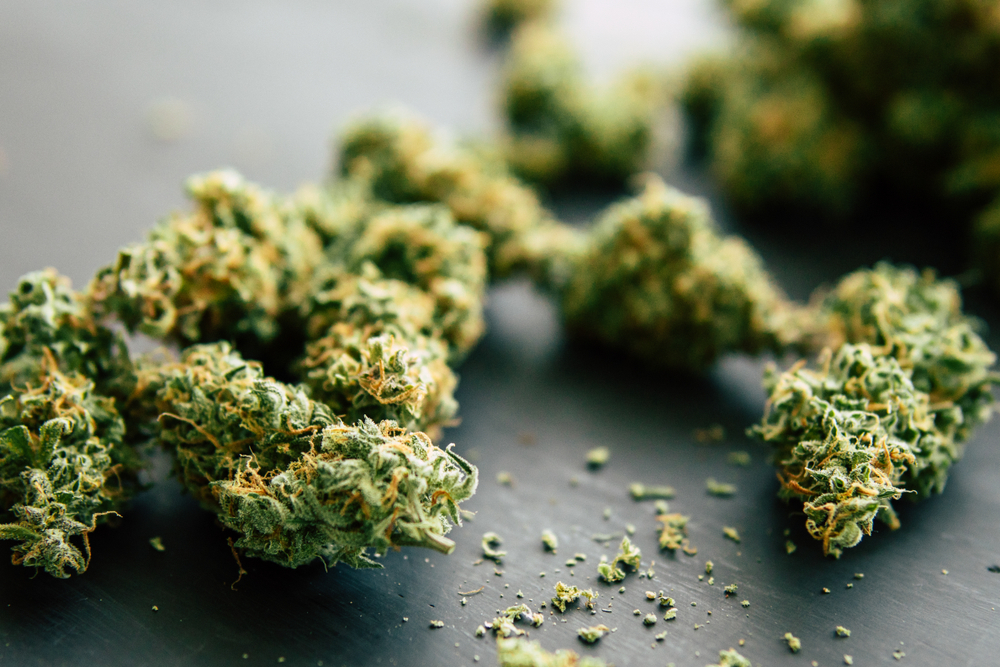
If marijuana moves to Schedule III, the first and most immediate winner would be the cannabis industry’s bottom line. Right now, Section 280E of the federal tax code forces cannabis businesses to pay taxes on gross income without the normal deductions every other business enjoys. Many operators end up with effective tax rates topping 70%, choking reinvestment and forcing some into the shadows of alternative lenders.
Reclassification would lift that burden. Freed from 280E restrictions, cannabis companies could finally write off rent, payroll, marketing, and operational costs. That shift alone could mean hundreds of millions of dollars in retained revenue across the industry money that could be funneled into job creation, facility expansion, and research.
The banking sector could also see a shift. Although federal illegality has kept most mainstream banks away from cannabis clients, recognizing marijuana as a Schedule III substance could soften that stance. Access to traditional loans, credit lines, and merchant services would reduce reliance on cash transactions and predatory financing changes that would benefit both large multi-state operators and small local dispensaries.
Investment could follow. Institutional funds, which have largely avoided the sector due to legal and compliance risks, might see cannabis as a legitimate growth market. Analysts point to potential spikes in mergers and acquisitions as companies look to consolidate and scale under a friendlier financial environment.
Still, the economic impact wouldn’t be uniform. Reclassification wouldn’t open interstate commerce, meaning each state would remain its own isolated market. This “patchwork economy” could limit growth potential in smaller states with fewer consumers while continuing to reward the largest, most established players in mature markets. And for all the potential windfalls, the DEA’s continued oversight — with pharmacy-style registration and reporting could introduce new compliance costs that some dispensaries may struggle to bear.
Social and Legal Implications
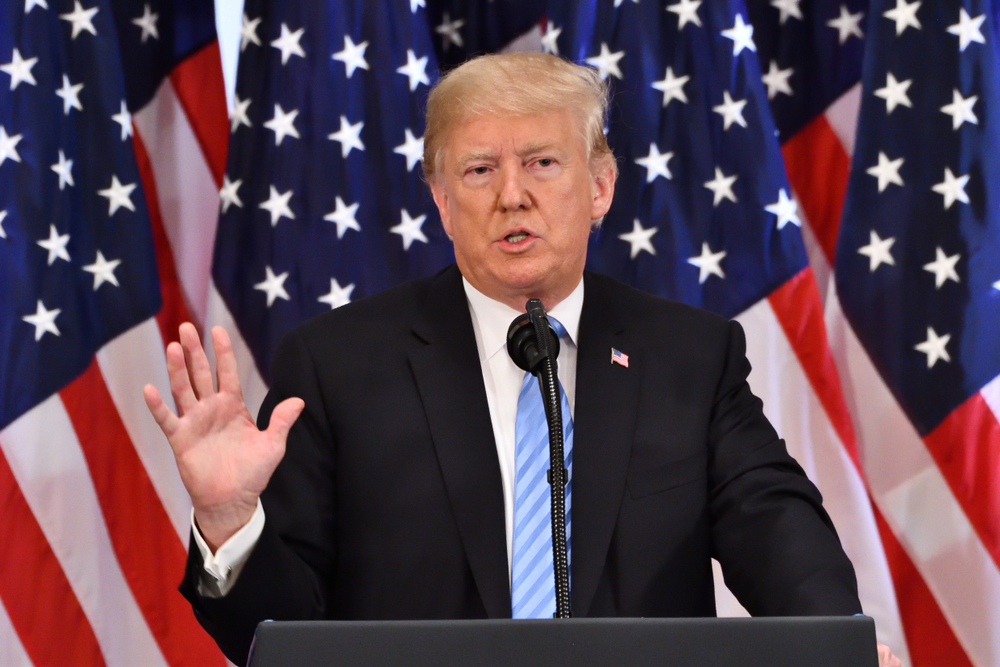
For decades, marijuana’s Schedule I status has been more than a legal technicality it has shaped the lives of millions. While reclassification to Schedule III would not legalize recreational cannabis, it could begin to shift the way the justice system, the medical community, and the public view the drug.
From a criminal justice perspective, the immediate effects might be subtle. Federal prosecutions for simple possession have already declined sharply in recent years, and most low-level cannabis offenses are handled at the state level. Still, acknowledging marijuana’s medical value could undermine the legal and cultural justifications for treating cannabis use as a serious crime, potentially influencing future reforms.
On the medical front, Schedule III status would open new doors. Physicians could prescribe cannabis for recognized conditions, and pharmacists could dispense it under regulated conditions. For patients in restrictive states, this could mean safer, more consistent access to cannabis-based treatments. More importantly, researchers would face fewer bureaucratic hurdles, allowing for larger, more definitive studies on cannabis’ benefits and risks something that has been stunted for decades.
There are also public health considerations. Supporters argue that bringing cannabis into a regulated, medically supervised framework could improve safety, quality control, and education around responsible use. Critics, however, warn that increased availability might normalize consumption in ways that could impact youth use rates or lead to underestimation of risks concerns Trump himself referenced when weighing “the good things and the bad things” about marijuana.
One complication remains on the global stage: the United States is a signatory to the 1961 Single Convention on Narcotic Drugs, which requires participating nations to criminalize cannabis for non-medical use. While reclassification would align the U.S. more closely with emerging international norms, it would not eliminate treaty obligations a legal knot that could limit how far federal reforms can go without broader renegotiation.
The Political Chessboard
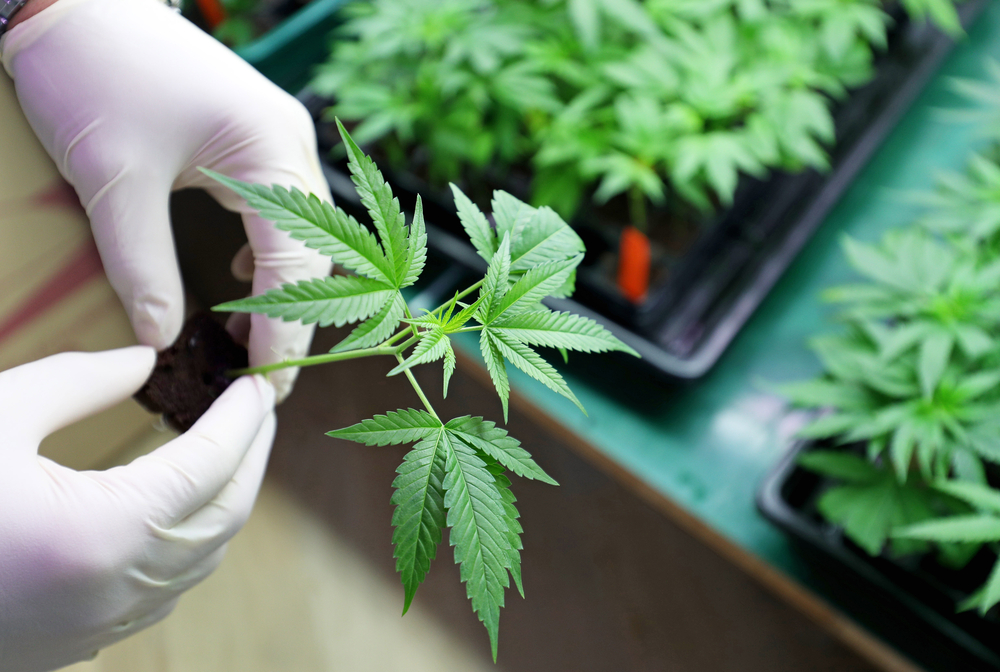
Marijuana policy in the United States has never been purely about public health or economics it’s also a high-stakes political game. President Trump’s decision to publicly consider reclassification comes at a time when cannabis enjoys broad bipartisan support among voters, but far less unity among lawmakers.
On one side, Republican-led states have seen booming cannabis industries, even if their leaders remain cautious about loosening federal laws. On the other, Democratic lawmakers have long pushed for more sweeping reforms, from decriminalization to outright legalization. By framing reclassification as a measured step acknowledging medical use without embracing full legalization Trump positions himself in the political middle ground, appealing to moderates while avoiding alienation of more conservative voters who remain skeptical of cannabis.
This move also intersects with broader state-versus-federal dynamics. Some states are advancing pro-cannabis policies regardless of Washington’s stance, while others are attempting to roll back or limit legalization measures. Federal reclassification could embolden pro-legalization states to expand their markets, but it could also provide political cover for states that want to keep stricter controls in place.
Meanwhile, bills like the bipartisan STATES 2.0 Act, which would leave cannabis regulation entirely to the states, offer an alternative path to reform. Whether such measures gain traction depends not only on voter sentiment but also on the political will of Congress where marijuana reform has historically stalled despite strong public support.
Inside the administration, the challenge is navigating the DEA’s authority and the limits of executive action. The president can influence scheduling decisions, but reclassification ultimately flows through a process involving the DEA, the Department of Health and Human Services, and sometimes years of review. Moving too quickly risks pushback from agencies or political opponents; moving too slowly risks missing the political moment.
A Signal to the Future
This debate over marijuana reclassification isn’t just about cannabis. It’s about how a society decides what’s dangerous, what’s beneficial, and who gets to make that call. It’s about whether our laws can evolve alongside our knowledge and whether we’re willing to admit when we’ve been wrong.
For over fifty years, marijuana’s Schedule I status has stood as a relic of a different era, one that saw the plant through a lens of fear rather than science. Now, with research expanding, public opinion shifting, and states charting their own course, the federal government faces a choice: cling to the past or adapt to the present.
If marijuana moves to Schedule III, it won’t fix every problem. The criminal justice system will still have its disparities. Businesses will still navigate a patchwork of state laws. And full legalization will remain out of reach for now. But reclassification would send a powerful signal: that facts matter, that medical value counts, and that policy can be shaped by evidence instead of outdated assumptions.
The conversation about cannabis is really a conversation about change the kind that starts in whispers and ends up reshaping entire industries, communities, and lives. Whether you see marijuana as medicine, a business opportunity, or something to avoid entirely, one truth remains: the laws we write reflect the values we hold. The real question is, what do we want those values to be in the years ahead?
Loading...

